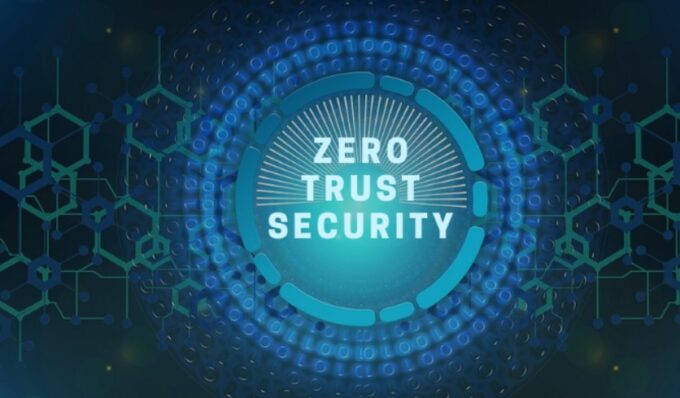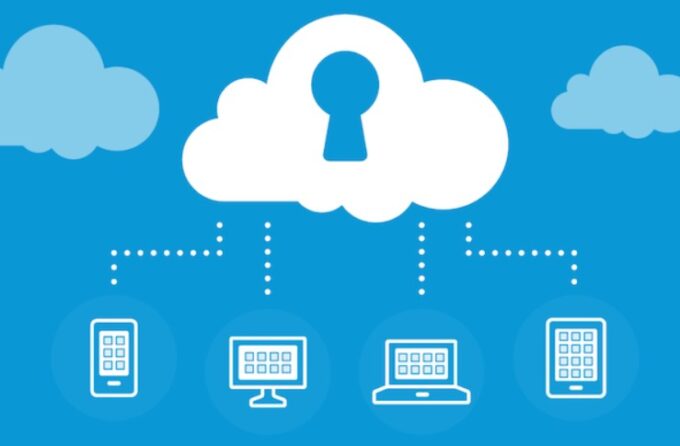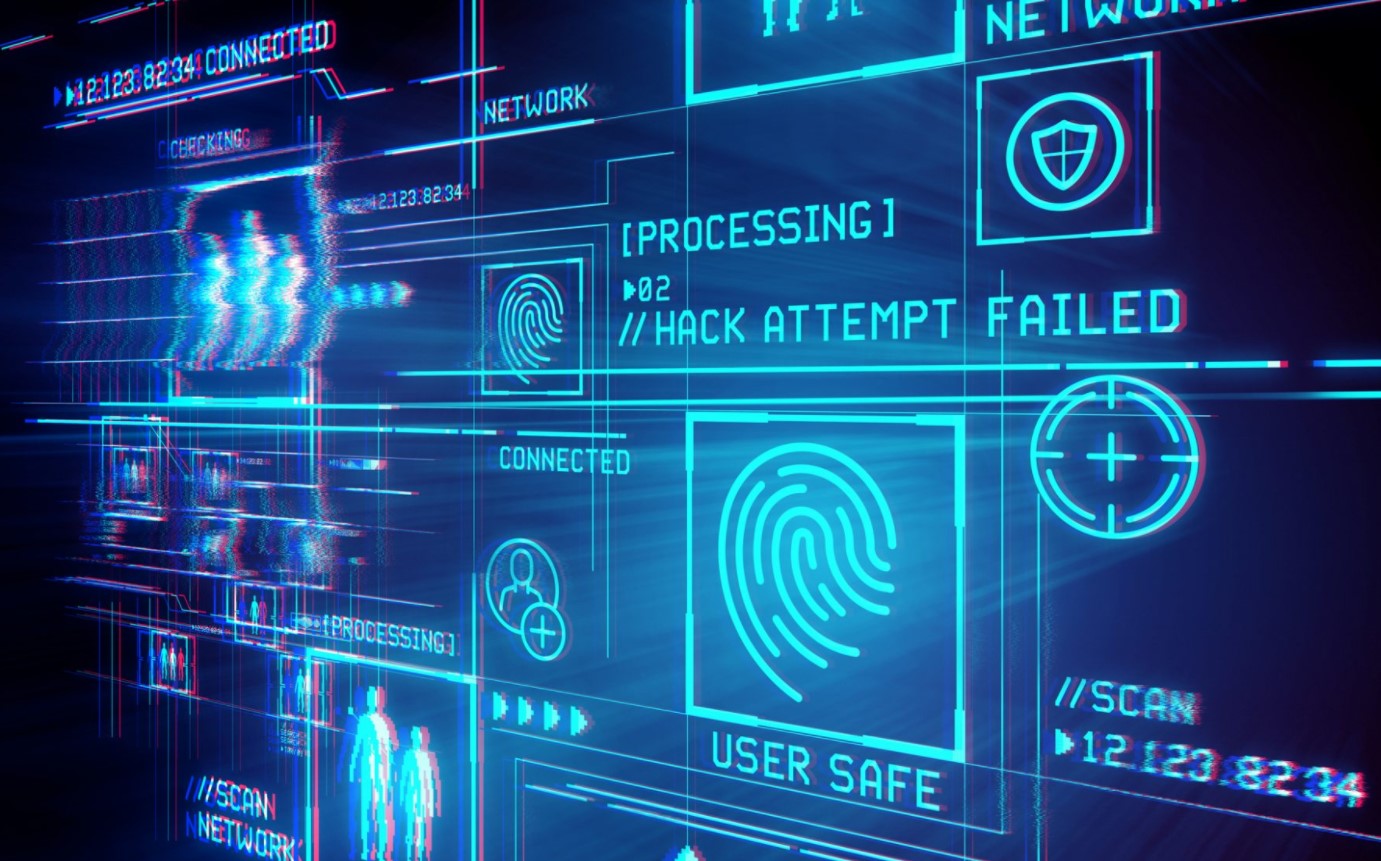The Zero Trust approach is becoming more and more prominent in cyber security since its introduction in 2010. The reason is simple; we live in a digital world where online businesses are the world’s greatest companies with huge amounts of personal data. Thus, every online business on earth needs a strict cyber security system.
The demand and the need for maximum cyber security are also recognized by governments. The National Security Agency (NSA) recommended the Zero Trust approach to companies to prevent cyber threats and carry out their legal obligations. Let’s learn more about Zero Trust, its functions, and the secret behind its popularity.
What is Zero Trust?

The zero Trust Security model is a cybersecurity approach that mandates constant and continuous verification before granting access to users and devices within or outside the network.
The Zero Trust approach is different from conventional cyber security principles in which devices and users in a private network are considered non-hostile and given full access to the resources. Instead, Zero Trust treats everything and everybody as potentially dangerous sources and requires verification even within the network.
The main principle behind the Zero Trust model is “trust none, verify all,” meaning that even if users are authenticated to enter a private network, they still need to be verified before every operation and use of sensitive data.
Another important feature of Zero Trust is least-privilege-based access. Unlike traditional cyber security measures, employees who work in a Zero Trust network environment don’t get access to the whole corporate network. Instead, they can only access the resources they really need. If they’re not authorized for a specific resource, they won’t be verified and will be rejected.
In short, Zero Trust is a comprehensive security model that brings a holistic approach to cyber security by seeing every user and device as a potential threat. Thus, networks are always ready for any kind of data breach.
NSA recommendation of the Zero Trust model
NSA (National Security Agency) of the US published a report in 2025 that encourages the use of the Zero Trust security model for enterprises.
In the report, NSA states that it is continually monitoring new technologies that can be implemented in a Zero Trust environment. They constantly guide the cyber security professionals and companies about the model and encourage it as one of the most secure systems yet.
NSA believes the Zero Trust model can maximize the protection of sensitive data, networks, and business tools. The recognition of the Zero Trust model from a government-based institution proves its importance and security benefits.
How can companies implement Zero Trust?

Zero Trust might seem complicated and challenging to adopt into a private network. However, it’s one of the easiest and most secure cyber security practices you can ever imagine.
VPN providers offer affordable solutions that can be applied in no time. Our favorite is NordLayer Zero Trust with lower prices and latest technology cybersecurity services. – https://nordlayer.com/blog/how-to-implement-zero-trust/.
Since this model is mostly operated in the cloud, you don’t need expensive hardware to deploy or an IT security team to operate. Thanks to the advanced technology, Zero Trust is provided as a cloud service that companies don’t deal with its maintenance.
If you’re looking for a comprehensive cyber security approach for your corporate network, check out cloud VPN providers since some of them offer great deals for Zero Trust adoption. Additionally, getting this service from a vendor will make the transition easy for you as they provide assistance throughout the process.
Top Benefits of the Zero Trust security model
Reduce data breach threats

Data breach is a critical issue for companies, especially if they store sensitive data of customers. Zero Trust creates the perfect environment where a data breach is considered always possible and precautions are taken accordingly. Your network will be more protected if it assumes that it’s always at the risk of cyber-attacks and mandates constant verification.
Specify access levels
Even if there’s no outside threat, employees with unlimited access to the corporate network create a significant risk for companies. By implementing the Zero Trust model, you can easily specify access levels and control employees’ data usage with network segmentation.
Eliminating internal data breach threats is a crucial part to ensure complete protection, and layering access levels guarantees that your employees don’t see or use more than they need to. Remember that a least-privilege approach is the best way to prevent corporate networks being completely compromised.
Verify and authorize users effortlessly

The very essence of the Zero Trust model is continuous verification to prevent cyber attacks. This model comes with great verification methods that help your company authorize employees without any geographical limitation. These methods include 2FA, biometrics, or SSO that can be applied globally and in remote work models.
Increase visibility on the corporate network
Traditional cyber security models give you little to no visibility over your corporate network. Once you give the login information to employees, the corporate network is basically their playground where you can’t see what they’re doing.
Luckily, the Zero Trust model is a great way of increasing visibility. Your IT security team will be able to see what exact part of your corporate network each employee is using. This security model allows you to have full control over every single activity happening on your network.
Easier & more straightforward cybersecurity

Especially big enterprises use a rather complicated cybersecurity structure to ensure edge-to-edge, flawless security. But the technology is advancing and now you don’t need that type of system.
You can implement the Zero Trust model and have a more straightforward cybersecurity structure that still completely protects you from any possible cyber attack. This will both take the burden off your IT security team and decrease your security budget significantly.
Final word: Zero Trust approach for maximum cybersecurity
Zero Trust is one of the most appreciated cybersecurity approaches of IT professionals. It’s even recommended by the NSA thanks to its ability to prevent internal and external data breaches. We suggest you invest in this comprehensive model to eliminate potential cyber-attacks.









